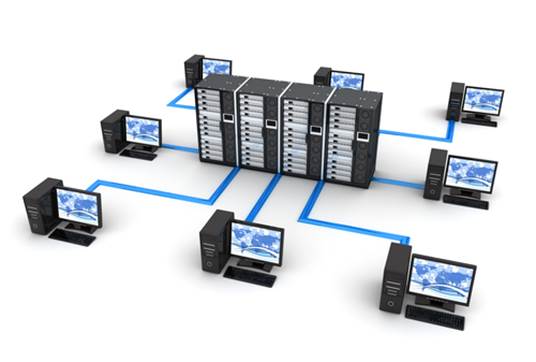Acceptance of open source databases
Acceptance of open source is increasing in
all fields and this is also true for open source databases. Government
legislation is also pushing the usage of open source technologies. Rai of
EnterpriseDB asserts, “Because of the fact that database technologies have
existed for a long time, they seem to offer a lot of functionalities. Open
source databases are as good as any other commercial alternative. What may
prevent their adoption is lack of awareness. IT managers may not have the
confidence to say that open source databases can actually fulfill their needs
completely.”
But things are changing gradually; economic
conditions are pushing IT managers to find alternatives to the traditional
commercial licensing models and go for options where they have to pay only for
support. This is why open source databases are being viewed as even more
attractive.

How
to Choose The Right Database For Your Business
Comfort also comes from having references
from other organizations that have successfully deployed open source databases.
For MySQL, there are many such successful implementations in India and all over
the world. What additionally inspires confidence is the amount of help you can
get for your implementation. This includes both the help from the open source
forums as well as professional help.
Managing open source databases is easy
Once you are able to choose the right
database for your business, the next challenge is to manage it. Rai says, “If
IT managers want to bet on open source databases, there is no risk to it. All
they need to do is to manage them. Even if you have not used an open source
database before, you can transfer your skills quickly. Open source databases
like PostgreSQL are not a challenge, so one can use them effectively from Day 1
itself. It’s just a change of mindset that has to happen. Many companies and
government organizations have already started doing that”.

Open
source databases like PostgreSQL are not a challenge, so one can use them
effectively
Latest trends in the world of database
The latest trends are towards Big Data, the
cloud, NoSQL, high availability, adapting to the multi-core microprocessor
architectures and solid state devices (SSDs).
Let’s look at each of these in detail.
Big Data: A lot of data is being
automatically generated by devices, i.e., data about traffic, climate, user
activity on the Web, etc. This data is huge and increasing by the second. As
individual nuggets of information, the data has not much value, but once
aggregated, it is a goldmine. Climate patterns, traffic flow patterns and
social connectivity patterns can be mined. Big Data needs special handling for
collection and processing.
The cloud: More and more businesses want to
avoid investing in their own infrastructure. They want to use a publicly
available service that can be expanded and reduced based on the fluctuating
demands.
NoSQL: Applications providers want to have
more flexibility with the underlying structures that contain their data. Users
are demanding a database for which they do not have to initially create a fixed
structure. As the application matures, application developers want to have the
flexibility to change the structure of the underlying database. NoSQL is a
trend which allows this flexibility.

NoSQL:
Applications providers want to have more flexibility with the underlying
structures that contain their data
High availability: Data is growing and the
world is shrinking. The data therefore is getting more and more distributed.
The data generators and data consumers are spread across a wide geography. This
now requires databases to manage the distribution of the data. The data should
also be resilient to underlying failures of hardware and software.
Multi-core processors: Processor technology
is moving to multiple cores. Where erstwhile processors concentrated on the
speed, contemporary microprocessors have multiple cores which can process data
in parallel. Newer software architectures need to exploit the ability of
computing in parallel.
Solid state devices: The era of hard disks
seems to be passing. All kinds of rotating disks like CDs and DVDs have given
way to pen drives and SD cards. These solid state memory devices have vastly
different speeds for reading and writing, compared to the rotating hard disks.
The optimizations required for a solid state device differ greatly from a hard
disk.